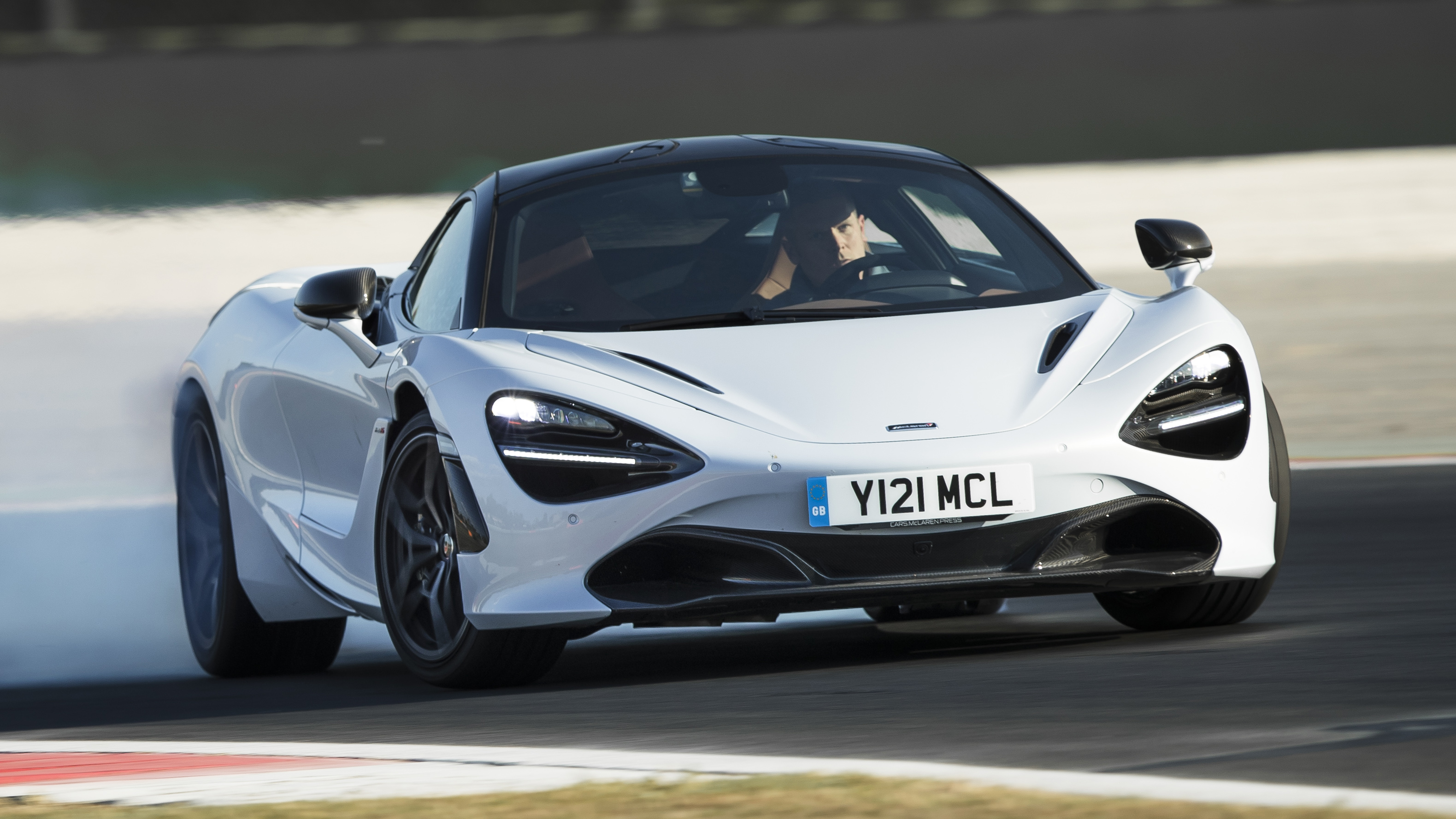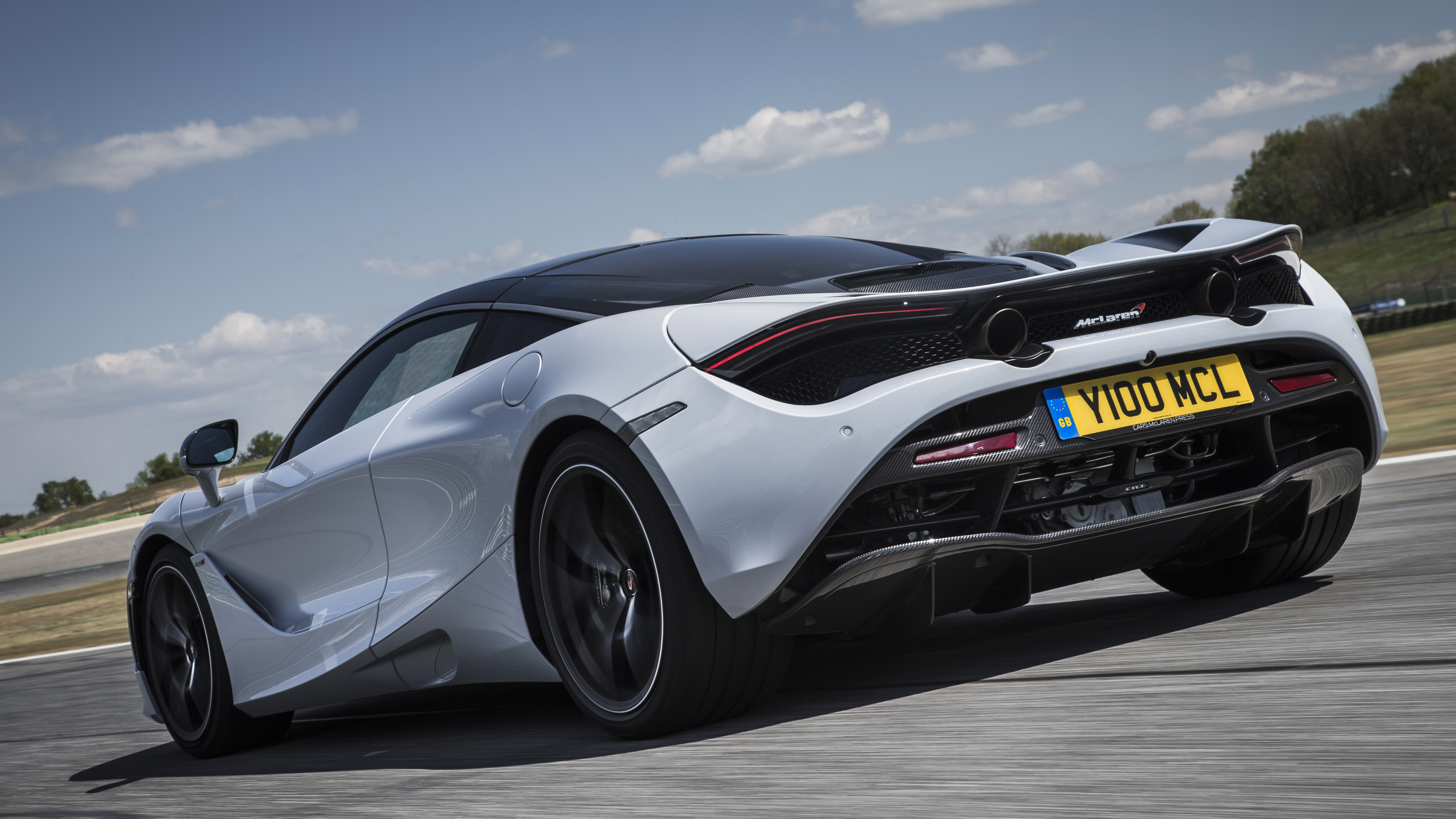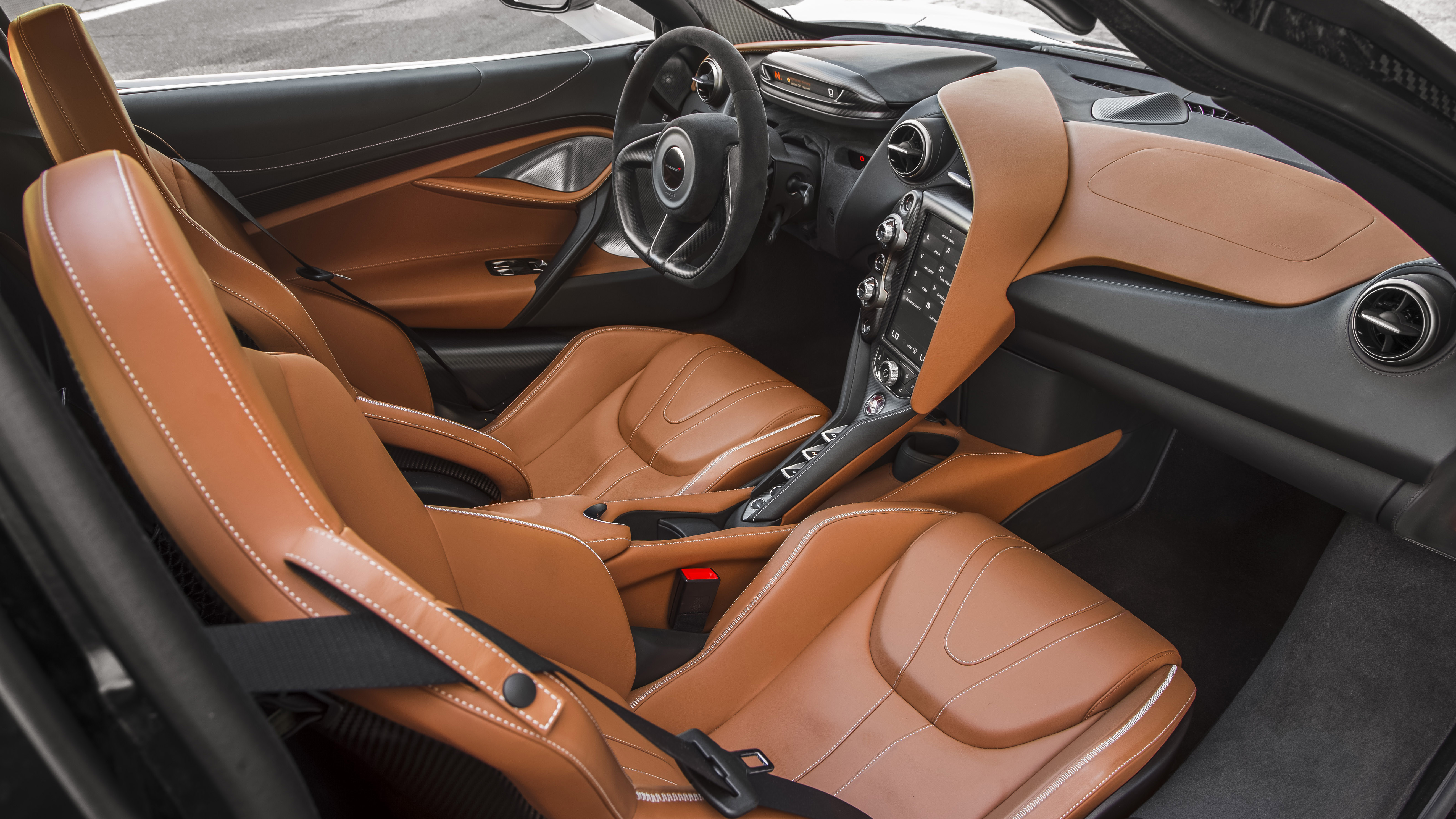
McLaren 720S review
Driving
What is it like to drive?
It’s certainly good. In fact, we’d go so far as to say this is probably the single most accomplished supercar we’ve ever driven, which is not the sort of statement we make lightly.
First impressions here are great: steering feel is impossible to measure objectively, but the 720S has that road/car/driver telepathic thing absolutely nailed – it moves like a big Lotus Elise. It’s monumentally fast, possesses the sort of high-speed balance and stability that bespeaks absolute mastery of aerodynamics, and somehow refuses to punish you even on truly execrable road surfaces.
Here’s the thing: the 720S is easy to drive. Really easy. Common sense demands acclimatisation, but you get settled incredibly quickly. Tyre noise and mechanical thrum is negligible at regular cruising speeds. Turn up the heat and the McLaren does that thing all sub-3.0 seconds to 60mph cars do: compress time. You are here, now you are there: the bit in between is simply vaporised. But rarely has the time-warp been performed with so little conspicuous drama. The twin turbos are ultra-low inertia, twin scroll jobs that spool up much faster to reduce lag and sharpen throttle response. The red line in first and second gear is 8100rpm, 8200 in the next four. Keep the throttle pinned throughout, and big numbers rack up very rapidly indeed. Shift times on the seven-speed dual-shift ’box are 45 per cent faster than even the 675 LT delivers. You can sense the chassis electronics doing their thing, but only just. The 720S’s limits are somewhere beyond sky-high and out in the stratosphere.
McLaren has reworked the harmonics on the new exhaust system too, and the optional Sports Exhaust (there goes another £4750) uses an intake sound generator to pump more volume into the cabin via twin vents mounted between the seats on the rear bulkhead. In standard form, the 720S is just five per cent off the 570GT in terms of noise levels, so it can do the long-haul; the sports exhaust moves it much closer to the 675 LT on the audio spectrum. Overall, and purely subjectively, we’d still say a normally aspirated engine has the edge – a shout out here to Audi’s brilliant and rather under-appreciated R8 – but as turbo motors go, the 720S is a new benchmark. Especially if you do what McLaren calls a ‘hot start’, which means sticking it in track/track mode, at which point it emits an entirely pointless but highly enjoyable wail.
On track, the 720S is so damned good it’s almost… undramatic. Dramatically undramatic. It’s that edgy supercar question again: do you need to be asking for planning permission on the ragged edge before decreeing something a ‘real’ supercar? Or do you just want to go ballistically fast, everywhere, rain or shine, with almost total impunity? The 720S isn’t clinical, but it is surgical. The new Variable Drift Control, which, according to McLaren, ‘delivers additional enjoyment in Sport and Track modes, with finger-tip control of Electronic Stability Control intensity’, is amusing, but you still need to be able to balance steering and throttle effectively, so why not just turn everything off? Goodwin reckons the system works like the nine-stage traction control in McLaren’s GT race cars, and the end game is finding the best set-up for whichever track you regularly visit. In other words, traction optimisation rather than control. Whatever your bag, turn all the electronics off and the sheer genius of the chassis is laid bare. What a machine this is.
Featured

Trending this week
- Car Review
BMW iX3






